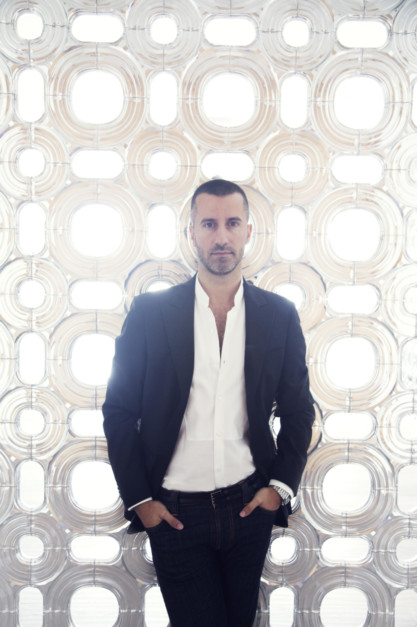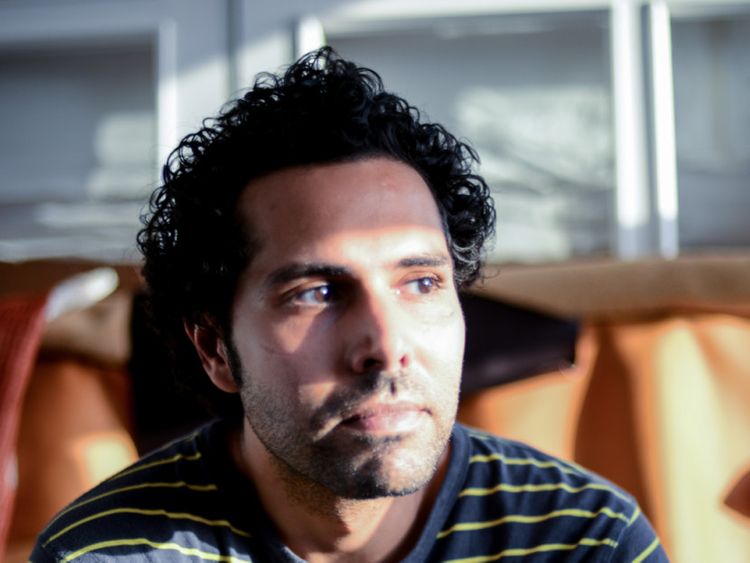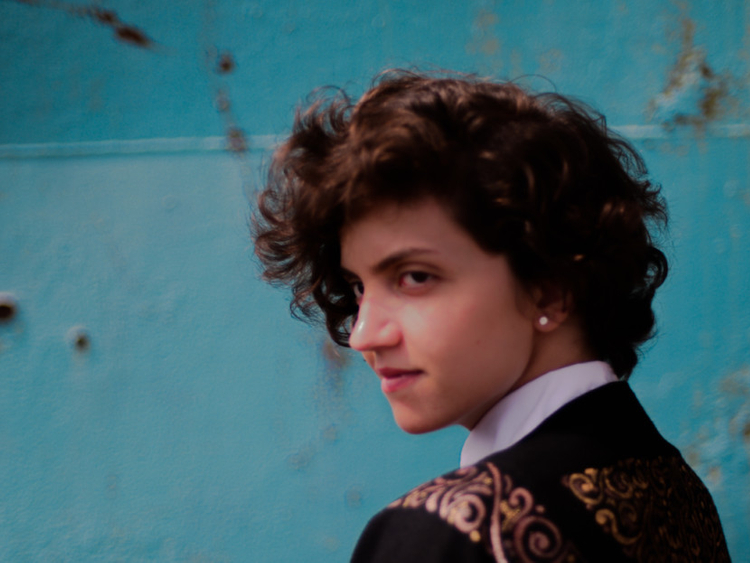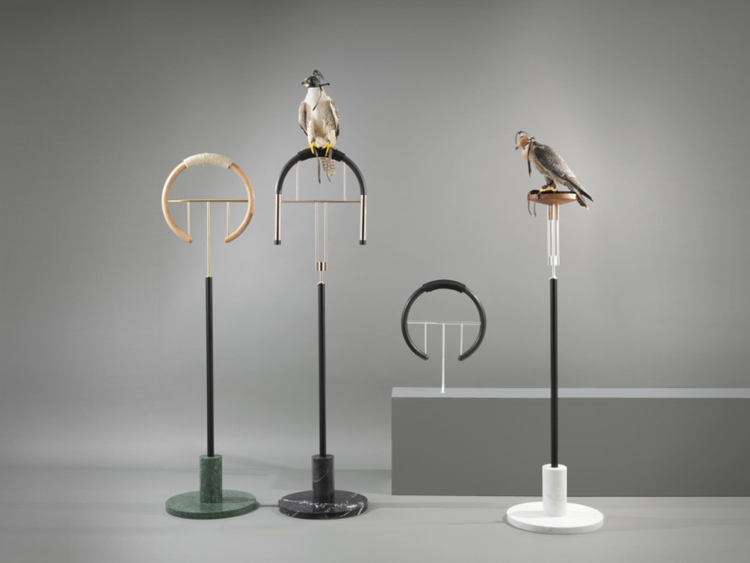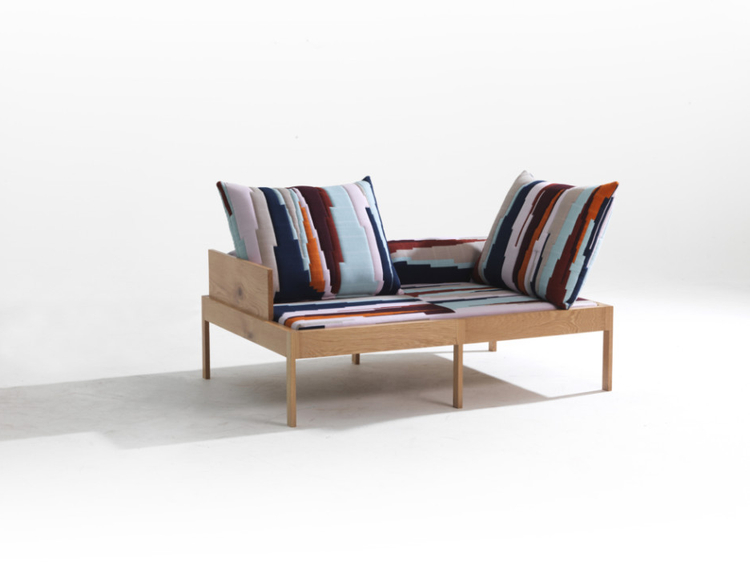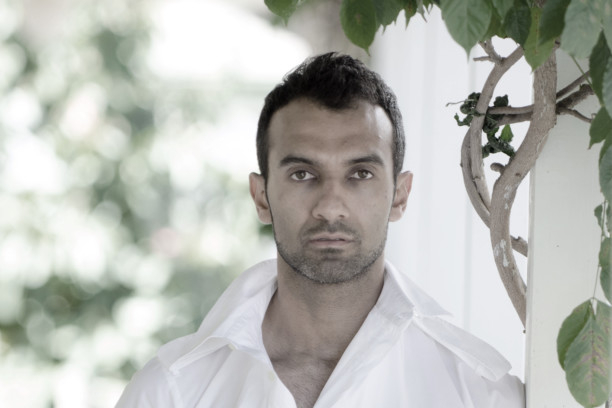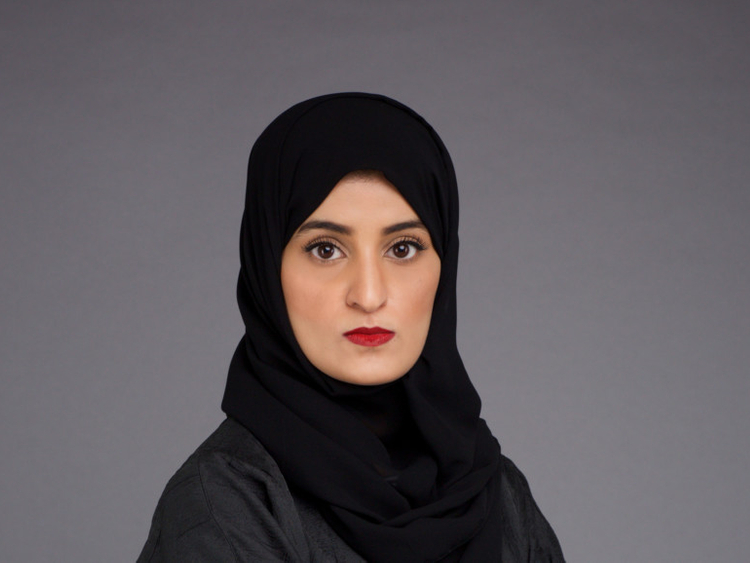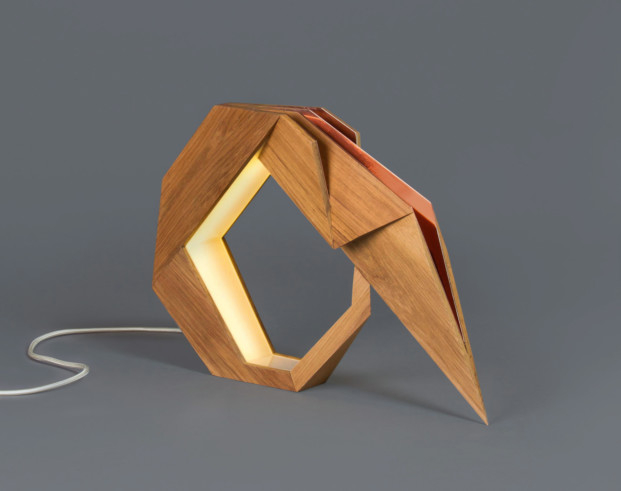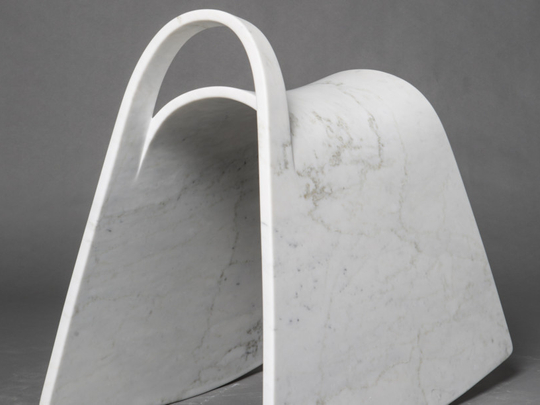
The creative class of the Middle East is rising. From a decade ago when vanguards such as Nada Debs struggled to make an import-oriented design market believe in regional offerings to today, when the “Made in the Middle East” label is being courted from Beijing to Miami, the market dynamics have seen nothing short of a seismic shift.
“Back then we didn’t believe that we were capable of creating something that could hold its own on the global map,” recalls Debs of when she established her Beirut-based label East and East in 2000.
Fifteen years later, when Dubai-based design Aljoud Lootah launched her eponymous label, her endeavour was met with strong support from craftsmen and retailers. Her success evidences how the region’s approach to its own talent pool has evolved.
“From universities offering design programmes to organisations such as Tashkeel that have dedicated themselves to nurturing regional talent and various awards and initiatives being launched to celebrate the regional designers and their achievements, our confidence has grown enormously,” says Lootah, who along with other regional designers presented the Middle East’s emerging design ethos at the “Middle East Revealed” showcase at the 2015 Salone Del Mobile, Milan Design Week.
Curated by Wallpaper* editor-at-large Suzanne Trocmé, the second edition of the showcase (the first was held at the London Design Festival 2014) offered design viewpoints of the region’s new generation of creatives.
“Since establishing NAKKASH Gallery 32 years ago, I have witnessed the regional design community grow and evolve tremendously,” says the Beirut-born interior architect, Wajih Nakkas. “Now, be it architecture, art or interiors, we’re surrounded by intricate and detailed design wherever we go. What’s even more compelling is how it is part of our everyday lives, and rooted in our ethos.”
Thanks to a rich mix of regional, local and expat architects, designers and other creatives, the UAE is poised for the next phase of cultural evolution — one buoyed by its creative sector. This is my edit of designers from the region we can count on.
Khalid Shafar
One of the first new-generation local designers to put the UAE on the global map, Khalid Shafar has helmed limited edited collections for the likes of Moissonnier (the legendary French cabinet makers) and collectible carpets house Tai Ping. A graduate in Furniture and Objects design from Central Saint Martins College of Art and Design in London, UK, the Emirati designer’s works carry a strong sense of regional pride as he balances a modern outlook with regional iconography. For his latest collection of wallpapers, rugs and furnishing fabrics, he set an abstracted silhouette of the Burj Khalifa to the tones of the sands from the seven emirates — a colour palette he has adopted as a signature palette.
Rand Abdul Jabbar
The Bhagdad-born designer has a strong slant towards cultural research, as she continues work on her award winning project “Re-presenting the City: Parallel Streams of Cultural Development in the UAE”. A study of strategies that Abu Dhabi, Dubai, and Sharjah have been undertaking to devise unique cultural models while maintaining a shared vision and desire to preserve local customs and traditions has helped the Dubai-based designer to define a distinct aesthetic for herself. Exploring concepts of space, material and art in design, her new collection of furniture — Forma — is inspired by the local dhow building techniques.
Viktor Udzenija
Before establishing his own architectural practice in Dubai in 2012, Croatia-born architect and designer Viktor Udzenija was working at one of the world’s leading architectural practices, Foster + Partners, where he executed some iconic projects, including the INDEX Tower in DIFC. Earlier this year he ventured into collectible furniture design partnering with Carpenters Workshop Gallery London to realise a project he had been honing for years — a marble rocker. A strong visual aesthetic aside, the Carrara Marble objet d’art — appointed to the adult human body scales — is designed to evoke memories of childhood past. The architect recently opened his new design studio at d3.
Aljoud Lootah
The Dubai-based multidisciplinary designer is known for her trademark contrast of forms and finishes. She first shot to fame with her fashion label Niftee but has since shifted gear to product design. Aljoud’s impressive portfolio includes creating bespoke products for both government and private organisations and collaborations on various retail projects. Aljoud Lootah, the brand debuted earlier this year with the ORU series — a collection of cabinets, chairs and lamps inspired by the Japanese origami craft set to stunning local woods and fabrics.
Saher Oliver Samman
A London College of Fashion graduate, Oliver Samman worked on numerous high-profile fashion, interior and product design projects in London before relocating to the UAE in 2013. Since the move, the designer of British and Palestinian heritage, whose works mainly focuses on innovative use of leather, has consciously worked towards blending a European design perspective with local & regional inspiration. Challenging local suppliers and manufacturers with his original designs, the designer has set up a studio at Tashkeel in Nad Al Shiba, Dubai.
Massimo Faion
The Italy-based designer’s love for the Middle East is best reflected in his limited edition project for Beirut-based Carwan Gallery. Massimo’s POSA project pays tribute to the Middle East’s ancient sport of falconry as he revisits the classic tools of falconry with a collection of four haute falcon perches. Combining volumes and precise, function-derived geometric forms with the most luxurious of Italian marble and precious metals, the POSA falcon perch is a meeting point of ancient cultural practices of the Middle East with the best of modern craftsmanship.
Taher Asad-Bakhtiar
This self-taught Dubai-based designer of Iranian origin seeks to re-introduce traditional Iranian crafts into a contemporary functionality. Juggling interest in architecture, design and interiors, his works incorporate multiple design disciplines as he reinterprets classical techniques for modern living. The KILIM collection of carpets — woven by turkic-speaking, semi-settled nomads — is designed around an innovative weaving technique that highlights the skeleton of the weave. The delicate lace-like structure, set on vibrant natural dyes and strong patterns, has opened a doorway of sorts for the forgotten craftsmen to re-think and re-engage with their craft.
Pratyush Sarup edits the design site designcarrot.net. You can follow the site on twitter @DesignCarrot.



